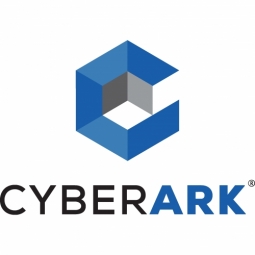CyberArk
Case Studies
Leading Insurance Company Uses CyberArk to Secure Mission-Critical Applications
Overview
 |
Leading Insurance Company Uses CyberArk to Secure Mission-Critical ApplicationsCyberArk |
Application Infrastructure & Middleware - API Integration & Management Application Infrastructure & Middleware - Data Exchange & Integration Application Infrastructure & Middleware - Middleware, SDKs & Libraries | |
Business Operation Quality Assurance | |
Cybersecurity Predictive Maintenance Remote Asset Management | |
System Integration Software Design & Engineering Services | |
Operational Impact
| Accelerated the business’s digital transformation by centrally managing secrets for applications migrated from on-premise to containerized and cloud environments. | |
| Reduced development cycle by simplifying how developers enable applications to securely access databases and other sensitive resources. | |
| Improved security by natively authenticating and then providing containerized applications with the secrets they require to access databases and other resources. | |
Quantitative Benefit
| Achieved migration plan of securely providing applications with 1+ million secrets per day. | |


